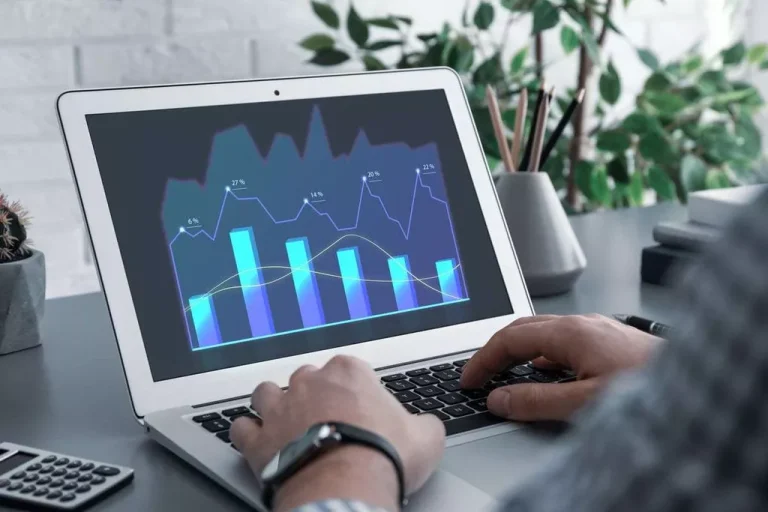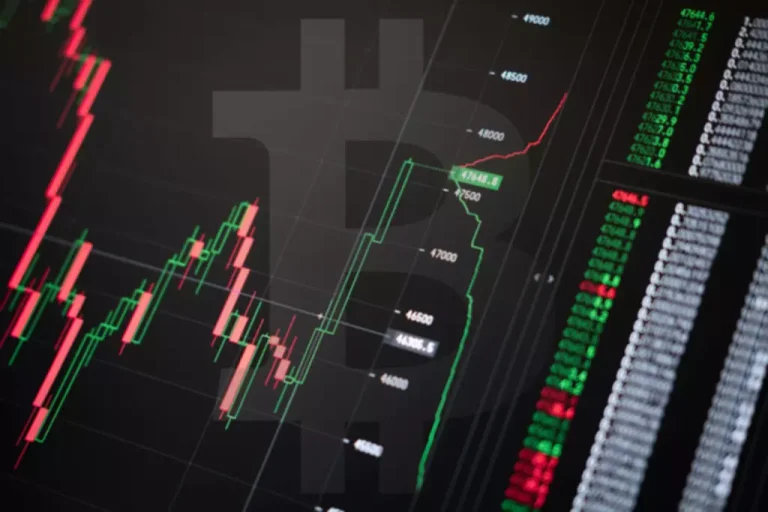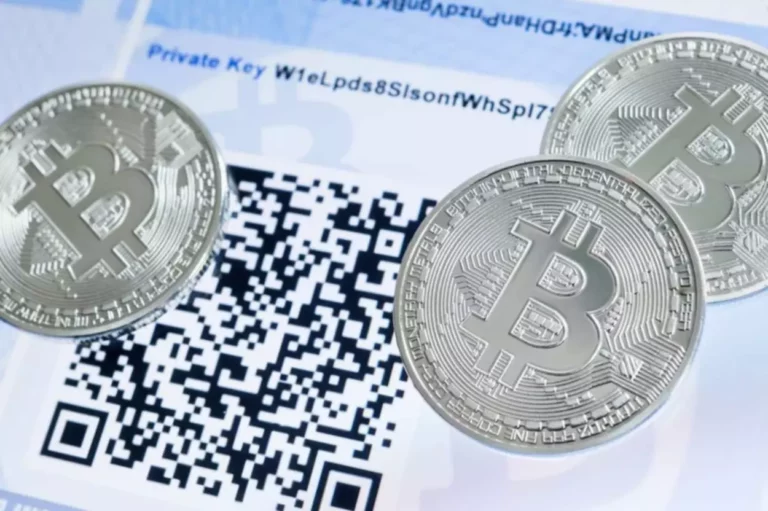2023
Ultimately, this facilitates more efficient buying and selling and reduces the impairment loss for liquidity suppliers. Using a dynamic automated market maker (DAMM) mannequin, Sigmadex leverages Chainlink Price Feeds and implied volatility to assist dynamically distribute liquidity along the price curve. By incorporating multiple dynamic variables into its algorithm, it could create a more sturdy market maker that adapts to changing market circumstances. Over the previous amms models few years, many progressive monetary instruments have graced the decentralized crypto space. Unabbreviated as the automated market maker, AMMs guarantee trustless transactions and trades throughout decentralized exchanges (DEXs), specializing in democratizing finance. Automated Market Makers (AMMs) have emerged as a groundbreaking solution inside the decentralized finance (DeFi) ecosystem, revolutionizing the way digital assets are traded.
Conversely, centralized exchanges (CEXs) use an order book to match a buyer with a vendor to execute a cryptocurrency trade at a mutually agreed exchange value. After urgent the swap button, the algorithm evaluates how a lot the transaction impacts the liquidity pool’s reserves, after which supplies a price quotation. AMMs, on the opposite hand, may be considered peer-to-peer transactions (P2C). There is no need for conventional counterparties since trading takes place between customers and contracts. Instead, a method determines the worth you get for an merchandise you want to buy or promote. Nonetheless, it’s price mentioning that certain future AMM designs might overcome this constraint.
What Are Liquidity Swimming Pools And Liquidity Providers?
They also depend on oracle worth feeds to alter their parameters and assist enhance the liquidity close to the current market worth, thus minimizing the impermanent losses for liquidity providers. Meanwhile, market makers on order guide exchanges can control precisely the price points at which they need to buy and promote tokens. This leads to very excessive capital effectivity, however with the trade-off of requiring energetic participation and oversight of liquidity provisioning. Automated Market Makers (AMMs) symbolize a new wave within the area of cryptocurrency buying and selling. Unlike order book exchanges, AMMs use a different model to facilitate trades. Rather than counting on buyers and sellers to make and take provides, AMMs use mathematical algorithms and smart contracts to mechanically set the worth of a token based on its provide and demand.


The primary purpose why this couldn’t be potential was as a end result of technical limitations of the blockchain architecture preventing environment friendly execution of the order guide. Unlike most decentralized exchanges, Komodo Wallet doesn’t restrict trading to a single blockchain network. This issues when the value of property supplied by the liquidity providers moves in one other course, pushing them in course of liquidation risks. Despite being a supply of impermanent loss, AMMs also provide solutions to the identical. These may be in the type of probabilistic AMMs with specialized mathematical algorithms in play. These legacy market makers supplied liquidity to traditional markets, cashing in on bid-ask value unfold.
Impermanent loss occurs when the costs of two property in a liquidity pool change, causing the worth of 1 asset to extend while the opposite decreases. While this method won’t work for a spot DEX, it can be a sport changer for a derivatives DEX, the place the users usually are not buying and selling the underlying asset but only a spinoff of that underlying asset. Oyster AMM refines this idea by introducing a concentrated liquidity method that directs assets in course of specific price bands, optimizing capital efficiency.
Fixed Sum Market Maker (csmm)
At first glance, they infuse liquidity into the DeFi ecosystem, making it easier for customers to buy and promote crypto. As seen all through our discussion, the proper AMM may help with arbitrage buying and selling, yield farming, and more. These automated market makers, per their name, change the ecosystem parameters in response to market situations. Post UniSwap, several AMM-powered DEXs like PancakeSwap and SushiSwap have additionally surfaced. New and improved automated market maker models, like Probabilistic AMMs, Constant Product AMMs, and extra, have come to the fore, with new prospects for the DeFi area. And in 2023, even layer-2 options like Polygon have started deploying AMMs, in the type of UniSwap V3, with a concentrate on lowering the crypto buying and selling charges.
- Different forms of AMM fashions embody constant product, constant sum, and hybrid swimming pools.
- AMMs are marked by their versatile asset help, welcoming an in depth array of tokens, even the latest ones entering the crypto market.
- If you promote BNB for BUSD on Binance DEX, another person is purchasing BNB with their BUSD on the opposite aspect of the change.
- AMMs as a substitute rely on liquidity that’s sourced from different customers and pooled together, an idea called a liquidity pool.
- To make a transaction, nonetheless, you don’t need to have a counterparty (another trader) on the opposite aspect.
- This mannequin is just like the CPMM, but the multiplication within the formulation is replaced with addition.
For instance, a Weighted Average Price AMM might be designed to offer more weight to a stablecoin to hold up value stability or prioritize tokens with higher liquidity for better market efficiency. The Constant Sum Market Maker (CSMM) is another sort, finest suited to trades with zero price impression. However, it doesn’t offer infinite liquidity, a limitation in sure buying and selling eventualities.
Dynamic Amms
In other words, in the absence of fees, constant imply markets ensure that the weighted geometric mean of the reserves stays constant. Weighted Average Price AMMs offer larger flexibility and management over token pricing compared to Constant Product AMMs. They provide opportunities for extra subtle trading methods and might cater to particular market needs, making them valuable addition to the AMM ecosystem. For example, let’s assume we’ve a CSMM liquidity pool with Token X and Token Y, and the constant sum value (k) is one hundred.
The Uniswap trade and SushiSwap change are two of the most well-liked DEXs around at present. Buy orders document all the bids, displaying the quantity that consumers are prepared to buy. Sell orders, then again, include all of the asking prices that people are willing to sell. The pooling nature of belongings to make sure the ones that belong to others is at the heart of insurance coverage AMMs. X represents the quantity of asset A, y represents the quantity of asset B, and K is the AMM-defined constant. Imagine there is a fish market the place the prices of fish fluctuate relying on demand and supply.
Crosschain Interoperability: Unifying The Splintered Web3 Ecosystem
Given the nascent nature of the know-how and its complicated interface, the pool of patrons and sellers was limited, making regular buying and selling tough. AMMs have addressed this concern by establishing liquidity swimming pools and incentivizing liquidity providers to produce these pools with assets. The higher the volume of assets in a pool, the more liquidity it possesses, thereby facilitating smoother buying and selling on DEXs. Through the usage of mathematical formulation embedded in good contracts, AMMs calculate token prices based mostly on the available liquidity in the swimming pools. This liquidity is provided by people generally identified as liquidity suppliers, who deposit their property into the AMM’s liquidity swimming pools. These pools serve as the spine of the AMM ecosystem, facilitating the seamless swapping of tokens.


The problem is, all these benefits couldn’t be ported over to exchanges working in most smart contract blockchains like Ethereum, the Binance Smart Chain (BSC), and others. Initial makes an attempt to adapt a DEX utilizing an order guide model like EtherDelta turned out to be a failure. These early DEXes had liquidity challenges and fairly complicated consumer interfaces.
He holds certifications from Duke University in decentralized finance (DeFi) and blockchain expertise. This can emphasize the advantages of every mannequin whereas minimizing the disadvantages. For example, a mix of CPMM and CSMM ensures infinite liquidity while reducing worth slippage dangers.
From Bancor to Sigmadex to DODO and beyond, revolutionary AMMs powered by Chainlink trust-minimized providers are offering new fashions for accessing immediate liquidity for any digital asset. Not only do AMMs powered by Chainlink help create price action in previously illiquid markets, however they achieve this in a extremely secure, globally accessible, and non-custodial manner. Decentralized exchanges have developed to place an end to troubles associated to centralized exchanges. Think of hacks, pressured KYCs, account registration restrictions, custody of personal keys, and all issues shouting anti-crypto. Detailed data and advanced trading features may be daunting for newcomers.


The disadvantage of this model is that it doesn’t provide infinite liquidity. Leased Proof of Stake (LPoS) is a consensus mechanism that enables cryptocurrency holders to lease their coi… The consensus layer is the spine of any blockchain community, performing the important role of facilitating ag… Binance DEX, IDEX, and EtherDelta are a quantity of examples of DEXs that implement off-chain order books.
Market makers are entities tasked with providing liquidity for a tradable asset on an trade which will in any other case be illiquid. Market makers do this by buying and selling assets from their very own accounts with the aim of creating a profit, often from the spread—the gap between the very best buy offer and lowest promote offer. Their trading activity creates liquidity, reducing the price impression of bigger trades. All efficient conventional exchanges, including all centralized ramps, use the order book mannequin.

